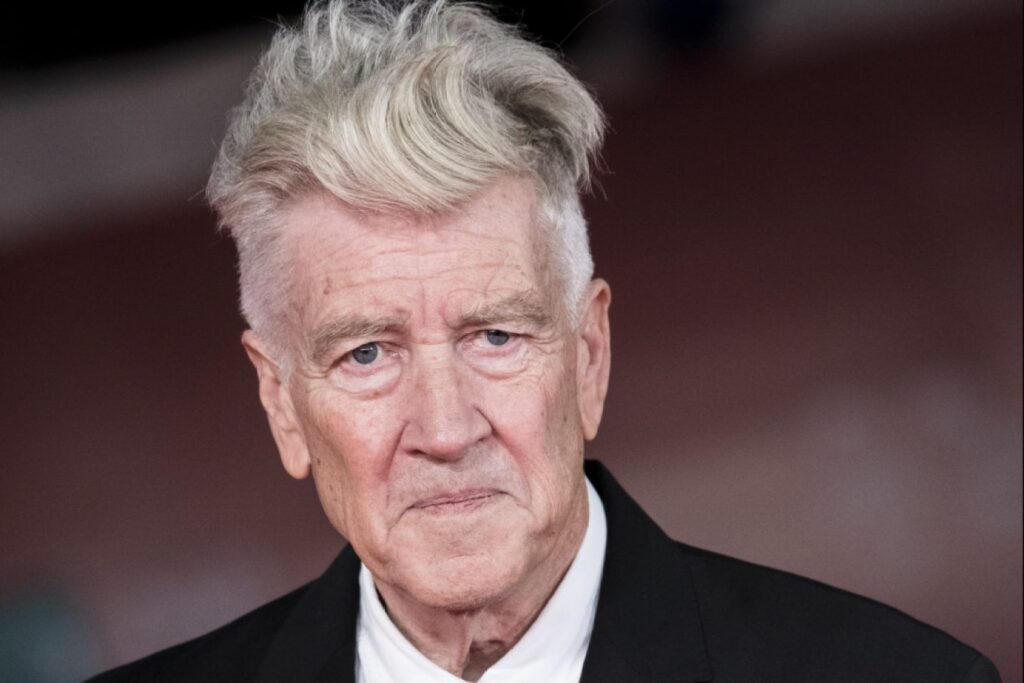The best take I have seen on the matter.
Tags:Eat The Rich, Humor, Politics
Mission accomplished
Tags:Happy New Year, Humor
meirl
Tags:Happy New Year, Humor
meirl
Tags:Happy New Year, Humor
Déjà Poo
Tags:Donald Trump, election 2024, Politics
Me neither
Tags:election 2024, Humor, Michelle Obama, Politics
David Lynch, Visionary Director of ‘Twin Peaks’ and ‘Blue Velvet,’ Dies at 78
Tags:RIP
Space Tags:rip
The Role of Art History in Shaping Modern Perspectives
The study of creative expression throughout history offers more than an aesthetic appreciation of paintings, sculptures, and architecture. It allows individuals to understand the social, cultural, and political contexts that shaped the human experience across centuries. In today’s fast-moving world, this field remains an essential tool for connecting the past to the present, providing valuable insights that influence how we perceive and interpret the modern era.
Creative Expression as a Reflection of Society
Creative works, often explored through art history courses, have always served as reflections of their times, capturing the essence of societal values, conflicts, and transformations. From the majestic frescoes of the Renaissance to the experimental forms of the 20th century, each piece offers a glimpse into the lives and priorities of those who created and consumed it.
For instance, the era of industrialisation saw significant shifts in artistic themes. Creators began to explore themes of mechanisation, urban expansion, and human resilience, showcasing the complexity of adapting to such rapid changes. These reflections offer timeless lessons on how societies respond to challenges—a perspective that remains relevant in today’s fast-evolving landscape.
Connecting the Past and Present
Understanding historical creativity offers a framework for examining the ongoing evolution of culture and human behaviour. By exploring how past movements broke barriers and challenged norms, one gains a better sense of how those shifts continue to influence modern practices. Take, for example, the innovation seen during Impressionism. This movement defied established traditions and embraced experimentation, inspiring countless creators to think differently. Today, this same spirit resonates across industries, from digital media to contemporary architecture. Through a structured approach to studying these movements, individuals can recognise patterns and innovations that shape current trends.
Visual Works as Tools for Social Change
Throughout history, creative works have been powerful tools for shaping ideologies and sparking change. They have celebrated triumphs, critiqued injustice, and amplified the voices of underrepresented communities. From political murals to thought-provoking digital installations, this form of expression has long been at the forefront of societal progress.
During the Civil Rights Movement, for instance, creativity was harnessed to highlight injustice and inspire activism. Similarly, contemporary creators often address issues such as climate change, social inequality, and mental health, continuing the tradition of using creative output as a means of advocacy. By exploring historical roots, individuals can better understand how expression fosters dialogue and drives transformation.
Promoting Cultural Awareness through Creative Study
In an increasingly interconnected world, understanding the diverse traditions and perspectives of global societies is vital. Examining the works of different cultures provides an immersive way to explore their philosophies and ways of life. Whether it’s the intricate patterns of Middle Eastern mosaics or the delicate strokes of Japanese ink paintings, these creations reveal the values and beliefs of their originators.
This awareness fosters empathy and a broader appreciation for diversity. Structured courses on creative history guide learners through these complexities, offering a pathway to deeper cultural understanding. They enable individuals to approach cultural differences with curiosity and respect, essential qualities in today’s globalised environment.
Why Structured Learning is Valuable
Engaging with courses in creative heritage equips learners with more than just a catalogue of historical milestones. These programs foster critical thinking, improve observation skills, and encourage interdisciplinary connections. By analysing works about literature, philosophy, and politics, learners gain a well-rounded understanding of how creative expression has influenced and been influenced by broader societal shifts. Additionally, such education enhances one’s ability to navigate complex ideas and interpret the visual cues present in daily life. From branding to architecture, the lessons gleaned from this study enrich one’s understanding of the visual world around them.
Expanding Opportunities through Formal Study
As the creative economy continues to grow, formal study in this field has become increasingly relevant. Courses focused on the evolution of visual culture provide foundational knowledge for those seeking careers in curation, conservation, and education, among others. They also appeal to lifelong learners interested in gaining a deeper appreciation of humanity’s creative legacy. By exploring major movements and their influences, students gain skills beyond historical analysis. They develop critical thinking, cultural literacy, and analytical reasoning—valuable tools for both professional and personal growth.
The Continued Relevance of Creative Study
Studying the evolution of visual culture goes beyond appreciating past masterpieces. It offers a framework for understanding the human condition and how creativity shapes and responds to its time. From ancient carvings to modern installations, these works challenge individuals to think critically, embrace diversity, and engage with the world more thoughtfully. The study of visual culture is not merely a reflection of the past but a guide for navigating today’s complexities.
The study of visual culture, often explored through art history courses, offers a profound understanding of humanity’s journey through time, revealing the connections between past and present. By exploring the creative expressions of different eras and cultures, individuals gain critical insights that enrich their perspectives and foster greater cultural awareness. This field remains an essential tool for interpreting the complexities of the modern world and inspiring a deeper appreciation for the power of human creativity.
That’s so sweet. I meant, the Cinnamon stick.
Tags:Humor, Thanksgiving
Trump the Cuck!
Tags:Canada, Donald Trump, Politics
























































